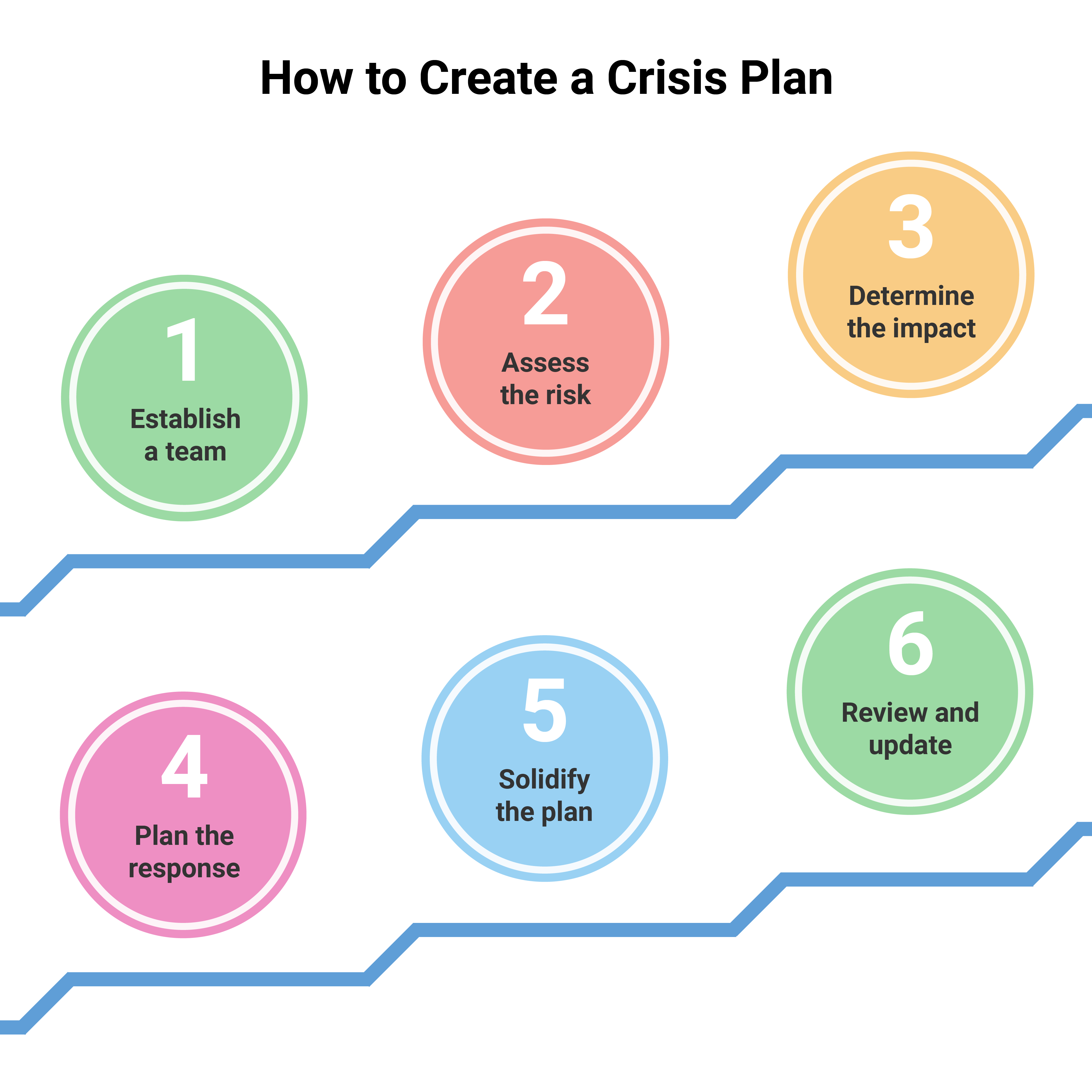
There is a range of emergency situations a remote team may need to respond to. These could be directly related to your business, such as a service outage or cybersecurity breach, or something affecting individual employees, such as a power or internet interruption.
How to manage a remote team in a crisis effectively, especially if the emergency affects your communication – let’s find out.
6 Ways to Manage a Remote Team in a Crisis
1. Contact Methods
Communication is one of the most common challenges remote teams face. As a result, a clear plan to communicate in a crisis is vital. Using the right communication methods has a significant impact on your ability to respond to an emergency quickly and effectively:
Phone calls
If you need to get hold of an individual or small group of employees urgently, a phone call can be the fastest option. The time needed for each call makes this method unsuitable for contacting larger groups however, and employees could mishear or forget important details and instructions.
Email is great for sending non-urgent notifications and updates about an emergency. However, when time is a critical factor, your message might not be seen in time.
SMS
A texting app lets you send emergency texts to large groups of people that your employees need to receive quickly. Unlike other digital contact methods, it also has the advantage of reaching employees who are offline and signed out of work apps.
Webinar software
While other means of communication are usually limited to text or voice, using a webinar platform is a great way to communicate and collaborate with your team even when all team members are remote. Further, and sometimes a vital component, most of this software offers a screen-sharing capability that may be lacking with other methods.
Team apps
Instant messaging and team apps are useful for organizing your team’s response to a crisis and delegating tasks efficiently. These messages may not reach offline workers, however, and are less useful for sending emergency alerts.
2. Design Emergency Guidelines
Emergency guidelines are an important part of communication, enabling employees to respond in a crisis instead of panicking or adding disruption. These should clarify the steps each person should take to handle each situation so that employees can act immediately without wasting time to find out who is doing what.

You can’t predict and outline a response to every crisis in advance, which is why emergency guidelines also need a clear escalation hierarchy. These help team members know who to contact and which communication channel to use when something goes wrong. As a result, it is easier for team leaders to get everyone moving in the same direction in a crisis you haven’t planned for.
3. Be Compassionate
So far, we’ve discussed handling emergencies within your business and team projects, but crises at home can also have a big impact on remote teams, such as natural disasters or major power or utility outages.
In these scenarios, it is important to remember that your employee’s home life has been disrupted as well as their workspace, and dealing with those problems has to take priority over work. Give your team members time to resolve these issues first before helping them get back to work. This is especially true if your employee needs to arrange temporary alternative accommodation or workspace.

4. Establish Alternative Workspaces
If an employee needs a temporary workspace due to an emergency at home, they may need help finding a suitable temporary setup such as a co-working space.
Using public connections to access your business network can create a security risk, so it can be a good idea to ensure employees know how to set up a secure VPN in their new location and help them research spaces with adequate network security.
While co-working spaces are currently reduced by social distancing guidelines, many have reopened with limited capacity. For now, the exposure risk and safety precautions taken by co-working spaces will be an important additional factor to consider before recommending a workspace to your remote employee.
5. Have a Backup Plan
Having a backup plan means thinking about the roadblocks that could occur as a result of an emergency and proactively creating solutions to those issues. These can include ensuring vital files and supplies remain accessible or considering how a critical team member could be substituted in a crisis.
File storage
Making regular cloud backups ensures your important data survives physical damage or the loss of your computers and servers, however, these won’t help during a network outage.
There are many reasons remote employees could be unable to access your business network during a crisis, from hardware failures to service outages or going offline in response to a network security risk.
For remote employees to keep working without access to your business network, important files should be backed up locally for offline access. Encourage team members to backup files they need to perform key responsibilities on their own devices and any documents providing emergency guidelines and procedures.
Alternative vendors
Not all emergencies affect your business directly. Some can have an indirect impact by rendering a supplier or contractor unable to provide a vital material or service. As such, your backup documents should include everything you need to get set up quickly with a new provider, such as the quantity and specifications of the products and materials your business relies on each month.
6. Use Time Tracking Software
A time tracking app like actiTIME is a valuable tool in times of crisis. With it, you can review what everyone is currently working on and see their availability with actiPLANS leave management integration. So, whenever you need more human resources, actiTIME will help you make a wise choice in the given circumstances.
In case the emergency is caused by absenteeism or company’s policy abuse, you can manage this too with actiTIME even if your employees are working remotely. Review their time logs and comments, see the status of their active tasks, check out their absences and current availability. When evething is documented, you can use this data as evidence for dealing with any critical situations.
Ready to Manage a Remote Team More Effectively?
Your team needs to know in advance how to communicate and what to do in an emergency. While you can’t plan for every eventuality, the right guidelines, tools, and communication methods will help teams organize an effective response.
To minimize emergencies and manage remote teams more effectively, consider time tracking software. Manage office-based and remote employees using task management features, timesheets, time tracking apps and integrations. Review individual and team performance, check project health with time and cost reports, manage employee schedule and absences – all in a single environment. Explore the full list of actiTIME features and try it for free with a 30-day trial (no credit card required).
















































